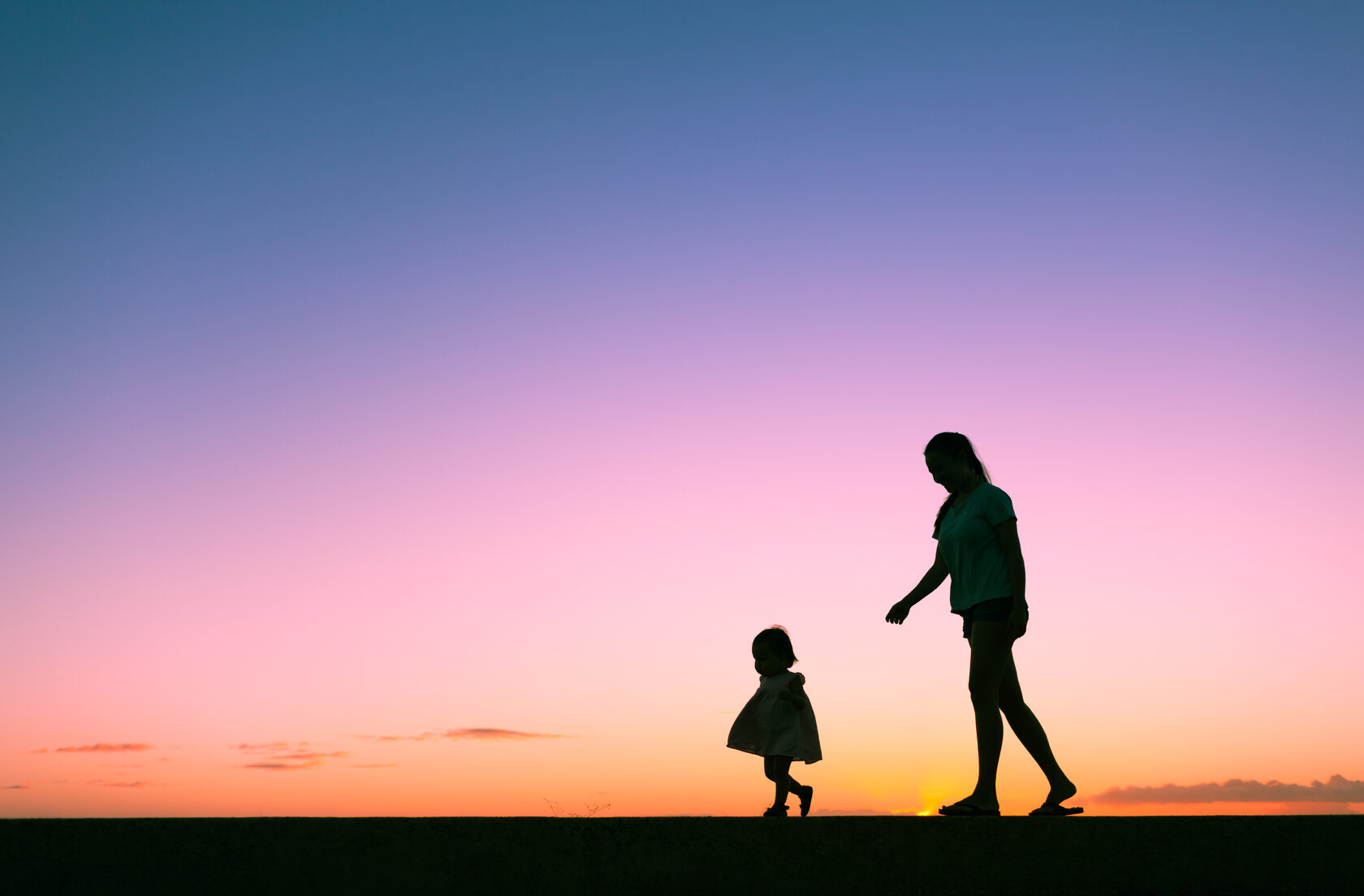Warning Signs: Recognising Abuse
Abuse can happen to anyone, regardless of age, background, or situation. It can be a difficult topic to discuss, but recognising the signs is crucial for intervening and getting help for the person being harmed. We've outlined some of the most common signals to help you know what to look out for.
Physical Abuse:
- Unexplained injuries, bruises, burns, or cuts
- Flinching or withdrawing from physical contact
- Frequent complaints of pain with no clear cause
- Wearing long clothing even in hot weather
Emotional Abuse:
- Low self-esteem, depression, or anxiety
- Constant fear, walking on eggshells around someone
- Sudden changes in mood or behaviour
- Social isolation, withdrawal from friends and family
- Self-harm or suicidal thoughts
Sexual Abuse:
- Difficulty walking or sitting
- Blood in clothing or underwear
- Sexually transmitted infections
- Inappropriate sexual knowledge for a child's age
- Fear or avoidance of a particular person
Neglect:
- Malnutrition, dehydration, or weight loss
- Poor hygiene or unkempt appearance
- Inappropriate clothing for the weather
- Untreated medical conditions
- Frequent absences from school or work
Financial Abuse:
- Difficulty accessing money or important documents
- Sudden changes in spending habits
- Unexplained debt
- Fear of asking for money
Additionally, for people with disabilities:
- Untreated medical conditions or worsening disability
- Unclean or unsafe living environment
- A lack of necessary medications or equipment
- Social isolation and a lack of support
These signs are not always a definitive indicator of abuse. However, if you notice a combination of these signs in someone you care about, it's important to have a conversation and offer your support.
If you're a little unsure how to have to do that, here's some helpful tips.
- Listen without judgment: Let the person know you care and are there for them.
- Encourage them to seek help: Provide resources for hotlines, shelters, or counselling services.
- Report suspected abuse: If you believe a child or vulnerable adult is in immediate danger, contact the authorities.
You are not alone. There are many resources available to help those experiencing abuse and the people who care about them. By recognising the signs and taking action, we can create a safer and more supportive community for everyone
Our consultants can provide training and advice to help you embed skills like this within your team. Contact us to discuss any needs you might have.
Our consultants can provide training and advice to help you embed skills like this within your team. Contact us to discuss any needs you might have.

